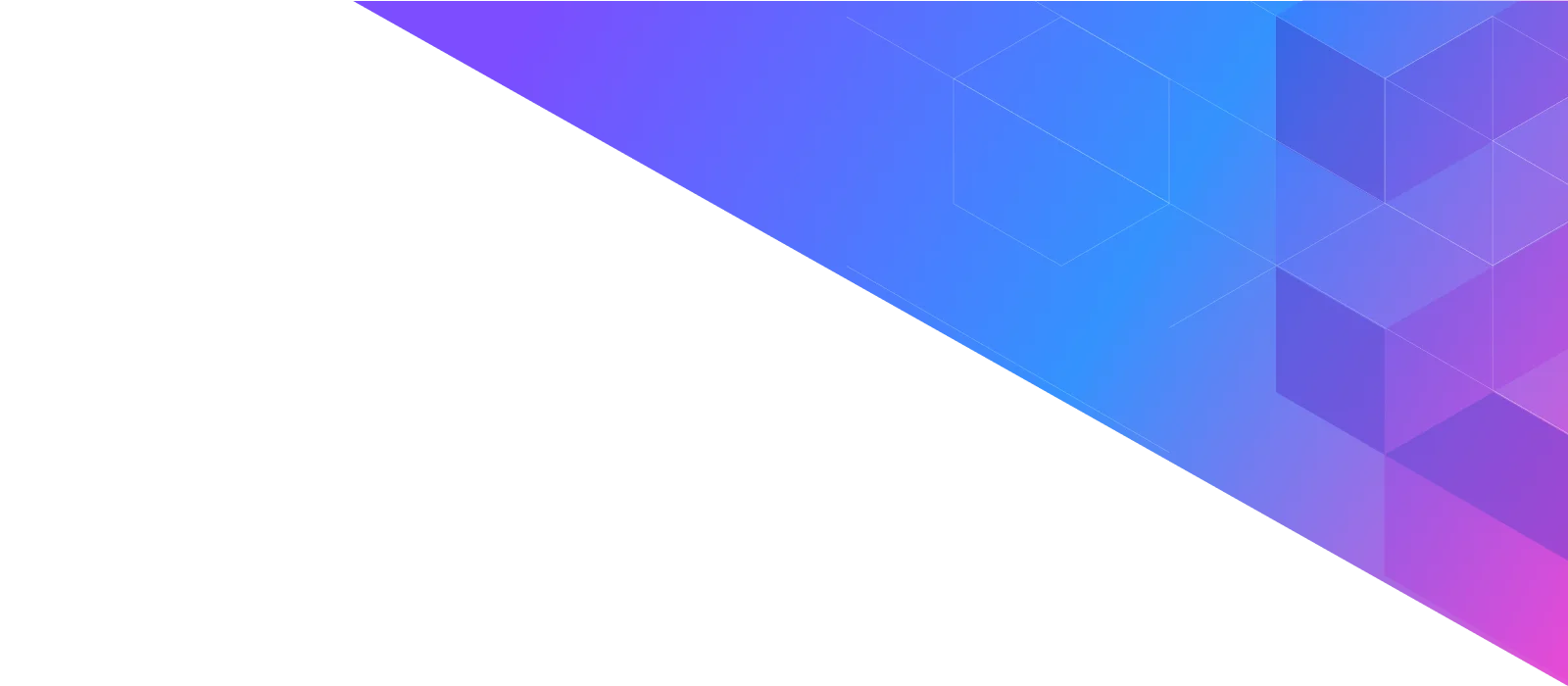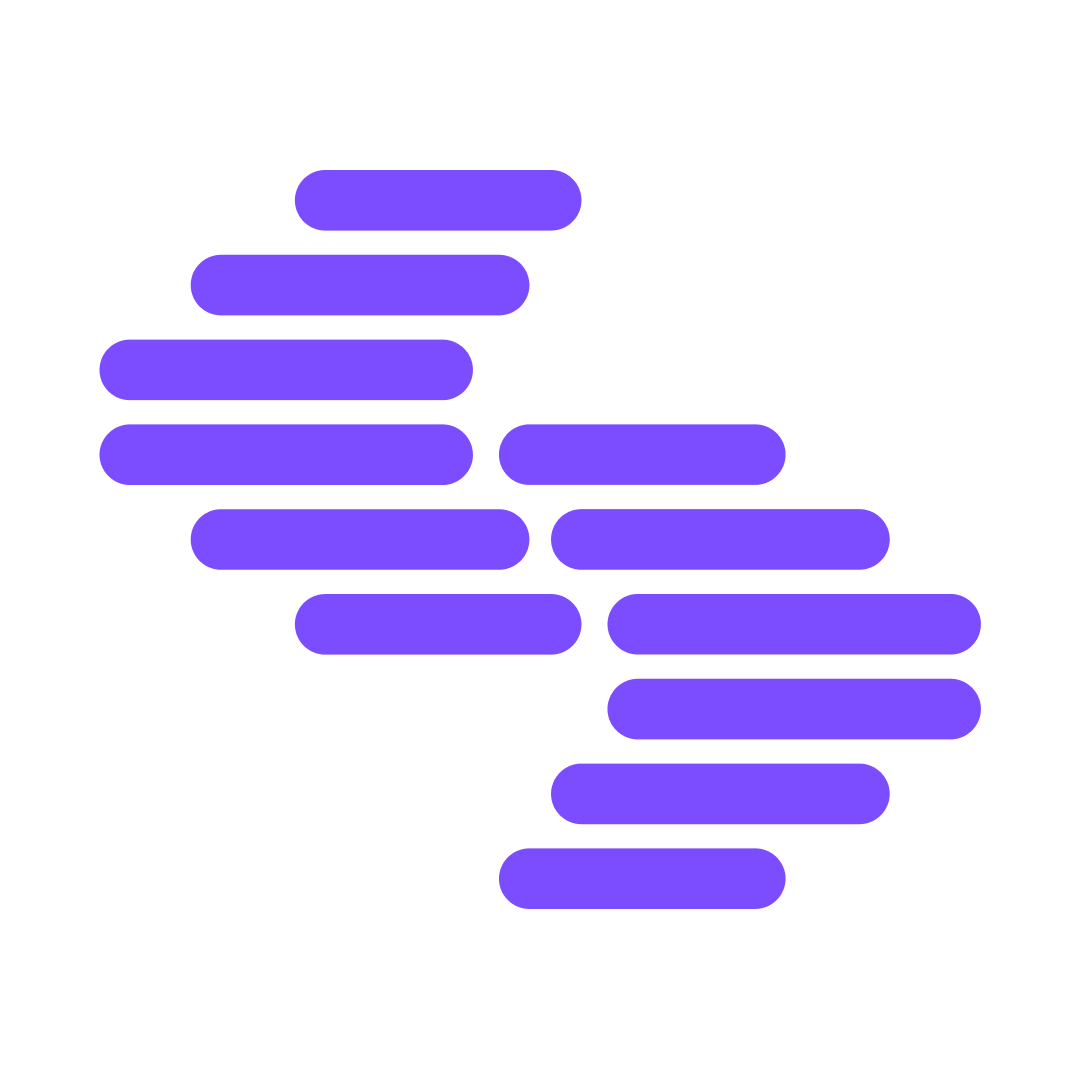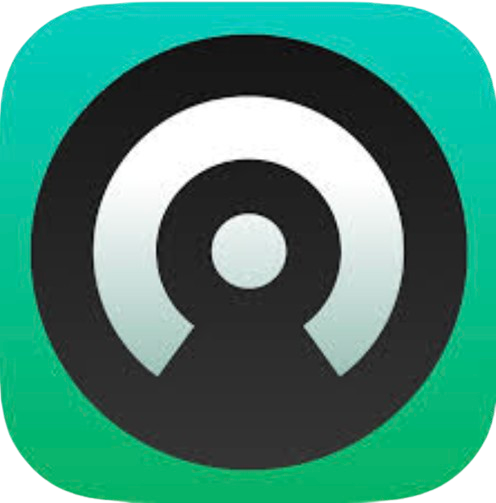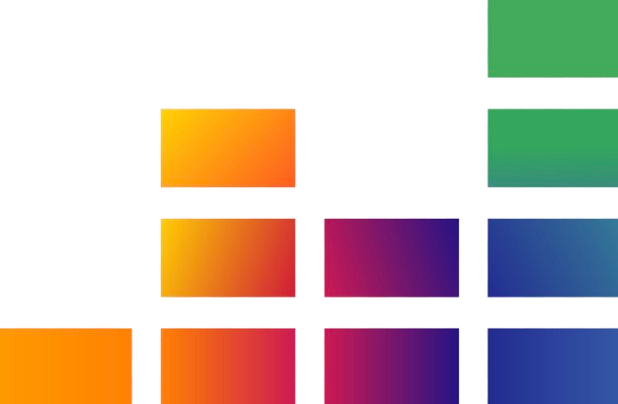
Customer-centric composable transformation, with Topgolf Callway Brands' Earth Reiser
Customer-centric composable transformation, with Topgolf Callway Brands' Earth Reiser

01:25 The Topgolf Callaway journey to transformation
05:22 How the brand decided to go composable
08:01 How the company aims to serve the modern golfer not just today, but in the future
09:33 The importance of flexibility in business
11:36 How to embrace change
13:59 Advice for companies looking to go composable
Jasmin: [00:00:00] Successful technology transformation rarely starts with technology, and today we're sharing a story of a business that designed its entire composable strategy around a single brilliant goal, empowering both its employees and its customers. Earth Reiser is the Director of Strategy and Innovation at Topgolf Callaway Brands.
She shares how and why the brand made the decision to go composable. You will hear advice for how to be the bridge between business and technology, how to balance a north star [00:01:00] vision with flexibility, and most importantly, how to build a composable strategy that's right for your business and your customers.
You're listening to People Changing Enterprises. I'm your host, Jasmin Guthmann, and please enjoy this episode with Earth Reiser.
Earth: My name is Earth Reiser, and I am the Director of Strategy and Innovation for Topgolf Callaway Brands. Topgolf Callaway Brands has become a completely different company in the last four years that I've been there.
I started there, not with them, but as one of their subsidiaries, Jack Wolfskin, which is a European outdoor brand, to help them launch that brand in North America. Joined a very talented woman named Deanna Song, who is now the president of Tentree, but she brought me along on this journey. And that role actually [00:02:00] is what allowed me to step into my current position with the global company.
And it was through working every single day with the technology team, trying to get just a website stood up, trying to get our products online and trying to get our content created, that I was really inspired to join the technology group to help them think about technology a little bit differently.
So our company has traditionally been more of a little bit of a monolithic structure, which is not a bad structure at all. It works really well for some teams and other companies, depending on the size. And even if you think about things like Shopify, they actually have a very much monolithic area, if you will, if you just want to go out of the box to build and manage your orders through, it's just like a one-stop shop and that is totally okay.
When you are looking to scale across several businesses and even globally, that's when you have to start thinking a little differently about how do we gain those efficiencies [00:03:00] both for us operationally and for our business partners and all of our different brands. And our transformation really began with the voices of our business partners in e-commerce.
So our e-com directors, our CMOs, everybody was shouting at the top of their lungs that we couldn't meet their customer as quickly as they needed us to meet them. Just long development cycles. Right. We couldn't just deploy our front end whenever we wanted to because we had to deploy our back end at the same time.
So all those common things that I think I hear everywhere I've ever been that are challenges for e-commerce business managers. So that is really what started pushing us in this direction was how do we empower the leaders of our brands to better meet their consumers? That's the way they want to be met.
So that's how it started. And my role in that is that I have seen this done a couple of different ways in a couple of different places, backcountry. [00:04:00] com, overstock.com, coming from more traditional organizations where we're building everything. Which is not always the way to go either. That can also have a lot of complexities.
That's a lot of time. That's a lot of money. As I often say, if we build it, we have to manage it. So we should really think about if we want to build it or not, or if we want to find the best in the business to help support us.
Jasmin: I love that. I'm probably going to steal that quote. If you build it, you have to maintain it.
And to your earlier point, monolithic is not per se bad. That is such a weird conversation that’s out there in the market. There are specific use cases that require specific solutions. And if you're a small size business and you just want something out of the box and your requirements are very straightforward, then why wouldn't you go with an out-of-the-box solution?
On the other hand, if you try to build everything yourself, You better be aware that that is a lot of, not [00:05:00] just a build, but also an ongoing care program.
Earth: Yes, it's a lot of people and it's a lot of money and it is not to be taken lightly.
Jasmin: Absolutely, and I think that's something that we need to talk about more openly because it's never one size fits all or there's one right solution to everything, which is exactly what I would love to take a deeper dive into.
You made a decision to go composable to at least slice away at the monolith. What made you go down that path?
Earth: So in addition to wanting to empower our business leaders at our different brands, we also wanted to be able to scale to our other countries more quickly. So we wanted to be able to expand our businesses.
We wanted to be able to test markets. We were spending a lot of time rebuilding the same site [00:06:00] in different countries, right? So not really taking what we had already built, quickly copying that and spinning it up. It was a lot of additional time of just trying to rebuild, rebuild, rebuild. And there's just not a lot of efficiencies in that.
So we have to be super savvy in technology, right? It would be amazing if we could have all the best engineer and all the best people and just be able to build whatever we wanted, whenever we wanted. But as good stewards of our company, we want to make sure that we are spending our time and our money as efficiently as possible.
And we're focused on the right things. And part of the reason we went on this journey is because we were so focused on maintaining all of the different websites across the globe that we didn't have time to build the interesting things. We didn't have time to improve our performance on our websites.
You know, we didn't have time to [00:07:00] do the fun stuff, which is why we're in technology. And so kind of making this decision to find those optimizations within a composable environment, which we are very much taking a very hybrid and long-term strategic approach to it, is going to allow us to lay that groundwork where we can empower our businesses and then we can also do some of the more fun stuff, which is, innovations in my title so that is what I'm really looking forward to doing.
Jasmin: And I'm sure that's not just you. I mean, I've never met an engineer who says, Oh yeah, I just want to build the same copycat website over and over and over until I die.
Earth: Right. Or I always just want to fix bugs. Nobody just wants to fix bugs, right? It's definitely empower our business and empower the incredibly talented team that we have because that's what we're proud of at the end of the day, right? It's not the content that we've created, it's the tools that people use every single day in their jobs or our customers on their [00:08:00] websites. And that's what really drives us. Obviously, modern golf is our number one top priority and is our North Star as a business and so we're always looking to improve how we think about the modern golfer and what can we do for them in the future to make sure that golf is wherever they are, whether it's in one of the mains of Topgolf, or it's on a course, or maybe it's somewhere completely different.
Jasmin: And that is so intriguing because it is constantly changing, right? Nobody knows exactly what your business is going to require to meet the modern golfer, because that can probably take a few directions based on what we know now and our limited knowledge of what the future will look like.
But your data will give you hints, at least, as to where to look more closely. Is that the way you would look at it?
Earth: Yeah, that's the most exciting part about the modern golfer is that we don't know what that [00:09:00] looks like in the next few years. And that is where we are really investing today in one creating environments where we can meet them with technology and then also investing in data so that we ensure that we understand who they are so that we can help give them what they want and also give them the opportunity to tell us what they want as well.
Jasmin: That's a beautiful thought right there. When you said, Hey, we want to empower our customer, we want to empower our business leaders, and we really want to meet our customers where they are. How important is it for you to be flexible and what part does a composable technology play in enabling you to doing that?
Earth: Oh, I think being flexible is one of the most important things that you can have in an organization.
Well, okay, maybe the second most important thing. I think the most important thing that you can have is a strong North Star. I really think it's important [00:10:00] that your company as a whole has a vision and that everybody understands what that vision is and that we are all working towards that vision together.
The second most important thing is to be flexible. So while our North Star stays the same, we should be ready to change the moment's notice. We should be ready to try new things very quickly. We should be ready to test new things very quickly. We can pivot our ideas without changing what our North Star is every single day.
How we get there might change several times in a year, and that is okay. I think change is one of the most important and greatest drivers to being successful. And change is one of the hardest things. We are going through that change right now, we're changing from one path that we were on for many, many years before I even got there, we are on a new path [00:11:00] to composable with new systems, with new integrations, and even now, today, we like to look at the path that we're on and say, are we still on the right path?
Is this still the right decision? In what way should we change? Because our needs have actually changed because this is not a short game, this is a long-term game. And that means things change along the way, which means we have to change along the way. And sometimes that means we stop what we're doing to do something else so that we can build a better foundation or because we just need to iterate on something more quickly.
We absolutely are always trying to be incredibly transparent about where we are in the process. What we have left to do and where we're trying to get to, and if that is not what is the top priority or is going to make the most [00:12:00] impact at that moment in time, we will have a conversation about it, a very open conversation, and we just try to allow enough flexibility in our planning that if we need to change, we can.
And I will say change rarely comes from top down. I know a lot of people think that, like, that's where it has to happen, but that's rarely where it comes from. And it's really the people that are running the ships every single day that are driving the change that are driving the conversations that are realizing that this might not be what we need anymore.
Can we have a conversation about how it might look differently and we probably are going to end up where we were our North Star planning to be, but it might take us a little longer. But along the way, we added more value. That is a total win to me, the concept of we [00:13:00] need this by this date is so strange, because you really lose that opportunity to have meaningful conversations about what's most important right now along the way, even when you know what is going to be the most important in five years.
And from a technology side of the fence. I think you can sometimes lose sight of that. You're like, we're going to build this. It's going to be amazing. Our environment's going to be so composable. Everybody's going to love us and sing our praises. But if you are so laser-focused that you don't have the, just the compassion or energy to talk to your business partners about what they actually need today, you're going to miss probably some really big business opportunities along the way, even if that means stopping what you're doing for a little bit.
Jasmin: Yeah. And that too is so hard for so many of us humans, right? To your point, yeah, that'll maybe take a little bit longer, but if the result is better, isn't that a fantastic price to pay? Spot [00:14:00] on. Do you have any advice for companies looking to go composable or to really bring about that transformational change in the year ahead?
Earth: Yeah, I do. I think my number one advice would be to understand what composable means for you and your organization. There is not a template for composable and one size does not fit all. As I mentioned previously, building everything means you have to maintain everything. There are companies today that do just commendable work in areas that we probably don't need to be in the business building if that's not what your business is.
So, really focusing in on what is [00:15:00] my business today, what are we good at doing, and then allowing your teams to build that piece. And then use other organizations to help you fulfill the needs that are still missing is part of your tech stack. So that feels kind of more businessy speak because that is a little bit more how I explain it to my business partners.
From a technical perspective, I think my engineering partners would say the same thing. We are good at this. We should be building this. We should use them for that. An example is you probably shouldn't be building your own search platform anymore. Right? I mean, there was a time in my life when we built everything or we took a platform and we customize the hell out of it, right? Because it couldn't do [00:16:00] what we wanted it to do. If you know, we had thousands of search algorithms that we were building all the time. There is no way I would want to spend my engineering time on that. Your resources are so precious.
You should ensure that you are empowering them to build what you need to build and then you should use partners. to help expand what you want to deliver to your customer.
Jasmin: Yeah, I love that as advice because, you know, you cannot excel at everything. Why even try? Do choose your north star here too and excel in what is most important to you and then find extremely capable, best-of-breed partners who will do it so much better than you could. Because they do it all day, every day, 365, 24 7.
Earth: And the other thing I might say is that a composable journey doesn't happen overnight. It takes years. It takes years to do it [00:17:00] sometimes, and that is okay because you can do it very thoughtfully if needed. If you have the capital to do it in six months with an SI, all the power to you.
I would recommend that you QA their code always so that you don't end up with something that you don't want in the future, but the composable journey is not something that happens overnight. Again, it's not a template. This is what it's going to look like for every single person at the end. It's going to take time and it should feel like that without sacrificing speed to your partners and customers.
That's the one thing I think most people don't realize when they're stepping into this is that it's going to take time. It's going to be a lot of change. It's going to be a lot of new tools and it's going to be a lot of new processes. And so you want to be really thoughtful about what tools you bring in when and where and how because you don't have to do it all at the same time.
That's kind of why composable is great [00:18:00] is that we can do this piece now and then we'll do this piece later and then we'll do this piece later and you can do different sections of your website. You know, at backcountry we did our PDP and then we did our PLP and then we did our page, you know, other brands I've worked with decided to go just, we're doing it in one project where you can deliver a brand new front end, a brand new e-commerce engine. There's a lot of ways you can do it. Again, your engineering team is going to have to help you guide you on what is that North Star and how can we do this the best. So just being really thoughtful about how this type of transformation impacts the day-to-day lives of the people that actually are going to have to use the tools.
Jasmin: Thanks for listening to People Changing Enterprises. This show is brought to you by Contentstack, the leading composable digital experience platform for [00:19:00] enterprises got a question or suggestion. Email us at podcast@contentstack.com. If you like the show, please leave us a rating or review on Apple Podcasts.
We'll be back next week with a new episode, helping you make your mark.
Listen anywhere
More options


.svg?format=pjpg&auto=webp)


.svg?format=pjpg&auto=webp)
.svg?format=pjpg&auto=webp)
.svg?format=pjpg&auto=webp)
.svg?format=pjpg&auto=webp)







